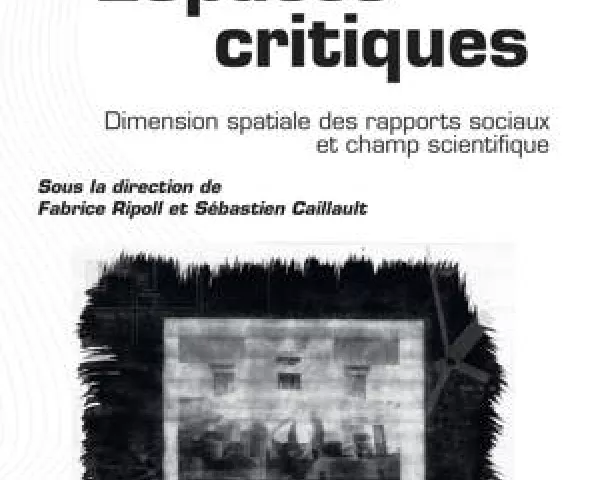Urban Soundscape Informational Quantization

Philippe Woloszyn, Thomas Leduc. Urban Soundscape Informational Quantization: Validation Using a Comparative Approach. Journal of Service Science and Management, 2010, 3 (4), pp.429-439. ⟨10.4236/jssm.2010.34049⟩. ⟨halshs-04252890⟩
Through interaction with environmental parameters such as light or sound, urban and architectural spaces generate ambiences with identifiable characteristics. This notion of ambiences is related to the human being position through its perception of environmental physical phenomenon during a pedestrian walk. Presented work aims to evaluate, so as to characterize, the impact of sound ambiences (soundscape) onto an urban pedestrian pathway using GIS spatial dy-namical mapping. To carry out this scheme, our research work within AMBIOFLUX project concerns spatial interac-tion between sound ambience (soundscape) and man urban spatial trajectory (soundwalk). Spatial impression of soundsources or soundmarks has to be both defined through acoustical measurement and perception informational evaluation. The remainder of this paper is dedicated to the evaluation’s methodology of the pedestrian pathway’s acoustic fingerprint using the GearScape spatial formalism described thereafter. Preliminary results we have obtained will also be presented and validated.
Through interaction with environmental parameters such as light or sound, urban and architectural spaces generate ambiences with identifiable characteristics. This notion of ambiences is related to the human being position through its perception of environmental physical phenomenon during a pedestrian walk. Presented work aims to evaluate, so as to characterize, the impact of sound ambiences (soundscape) onto an urban pedestrian pathway using GIS spatial dy-namical mapping. To carry out this scheme, our research work within AMBIOFLUX project concerns spatial interac-tion between sound ambience (soundscape) and man urban spatial trajectory (soundwalk). Spatial impression of soundsources or soundmarks has to be both defined through acoustical measurement and perception informational evaluation. The remainder of this paper is dedicated to the evaluation’s methodology of the pedestrian pathway’s acoustic fingerprint using the GearScape spatial formalism described thereafter. Preliminary results we have obtained will also be presented and validated.











